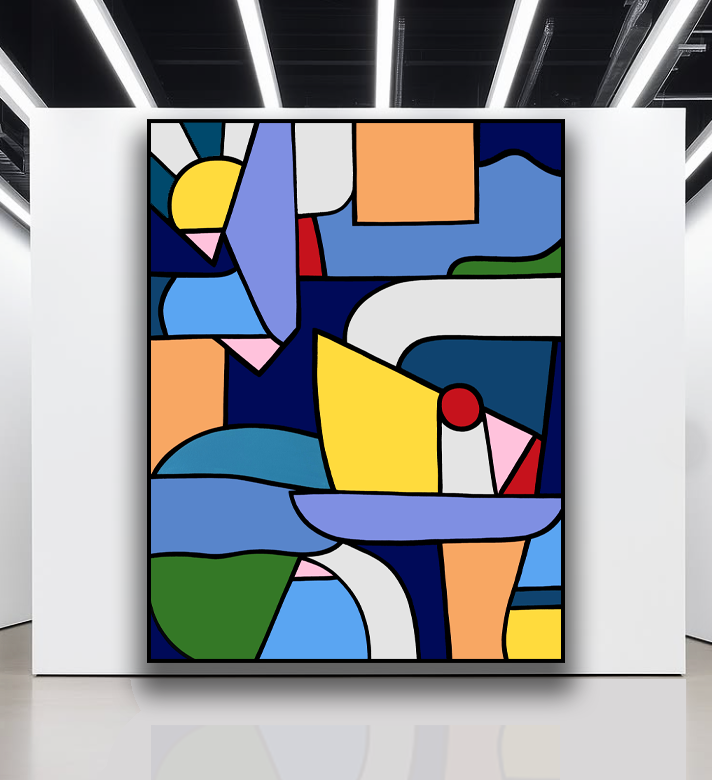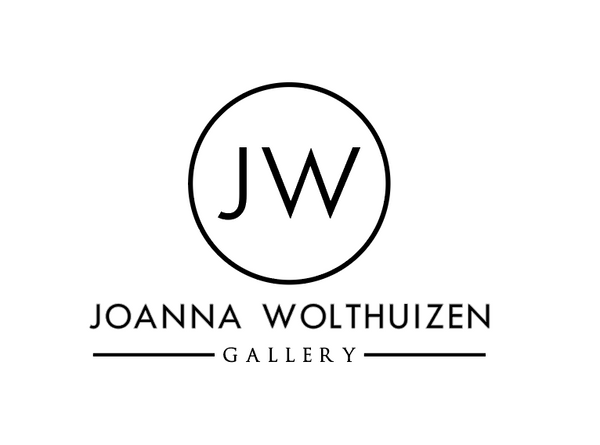
Like the concept of yin and yang, where complementary forces interact to create a balanced and harmonious whole, the interplay of contemporary architecture and art achieves a similar effect. In modern buildings, the sleek, minimalist, and often monochromatic materials—such as steel, glass, and stone—represent the yin. These elements provide a calm, neutral, and structural foundation.
On the other hand, contemporary art, with its vibrant colours and bold, dynamic compositions, symbolizes the yang. Art introduces energy, movement, and personality to the space, balancing the architectural elements and adding visual interest. Together, they create a dynamic interplay that elevates the overall aesthetic and experience of the environment.
Here’s an example of how this can manifest in specific works:
"Home" (220cm x 170cm): The vibrant and dynamic nature of this piece contrasts beautifully with the cool, neutral tones of steel and glass, injecting warmth and character into the space.
"Hinterland" (215cm x 190cm): The earthy tones and organic forms resonate with natural textures like stone and wood, creating a harmonious blend that enriches the sensory experience.
"Coast" (366cm x 107cm): This expansive painting becomes a bold focal point against a minimalist backdrop, commanding attention and elevating the overall ambiance.
"Cruising" (220cm x 170cm): The dynamic and fluid forms bring a sense of movement, perfectly complementing the static nature of architectural materials.
"Isle" (170cm x 170cm): Its bold and bright composition acts as a visual anchor, grounding the space in a narrative of innovation and artistic vision.
"Signal" (155cm x 185cm): The striking geometric shapes and colours energise the environment, reflecting contemporary culture and artistic expression.
"Water Glimpses" (170cm x 170cm): The interplay of light and colour adds depth and dimension, enhancing the architectural narrative.
In essence, the relationship between contemporary art and modern architecture embodies the yin and yang principle, where each element enhances and completes the other, resulting in a balanced and cohesive environment.

